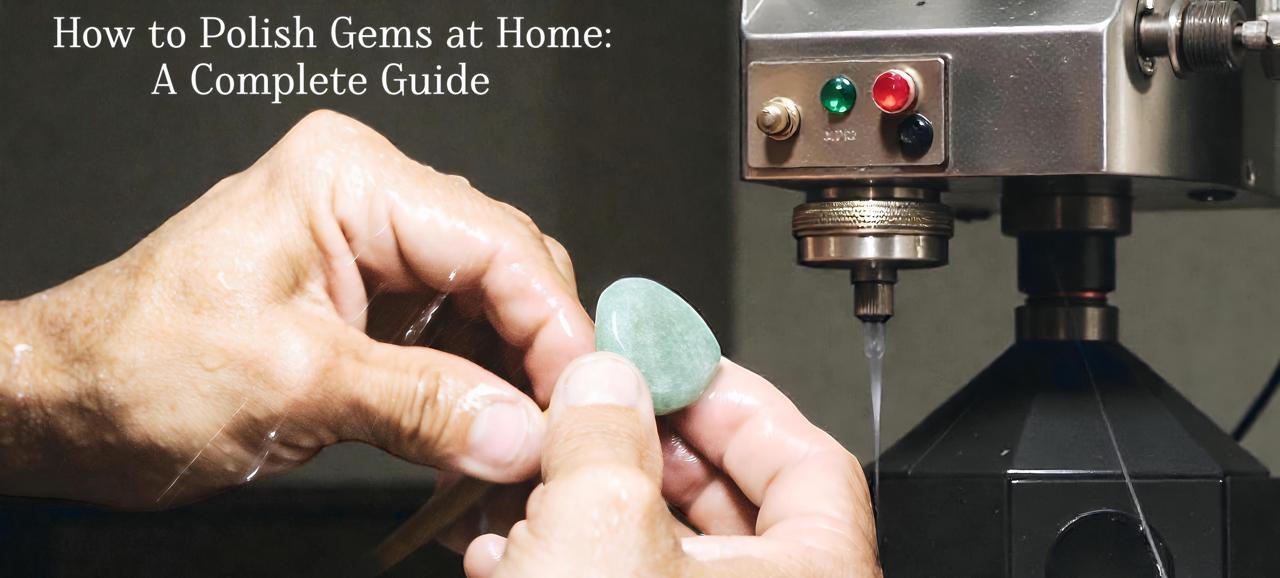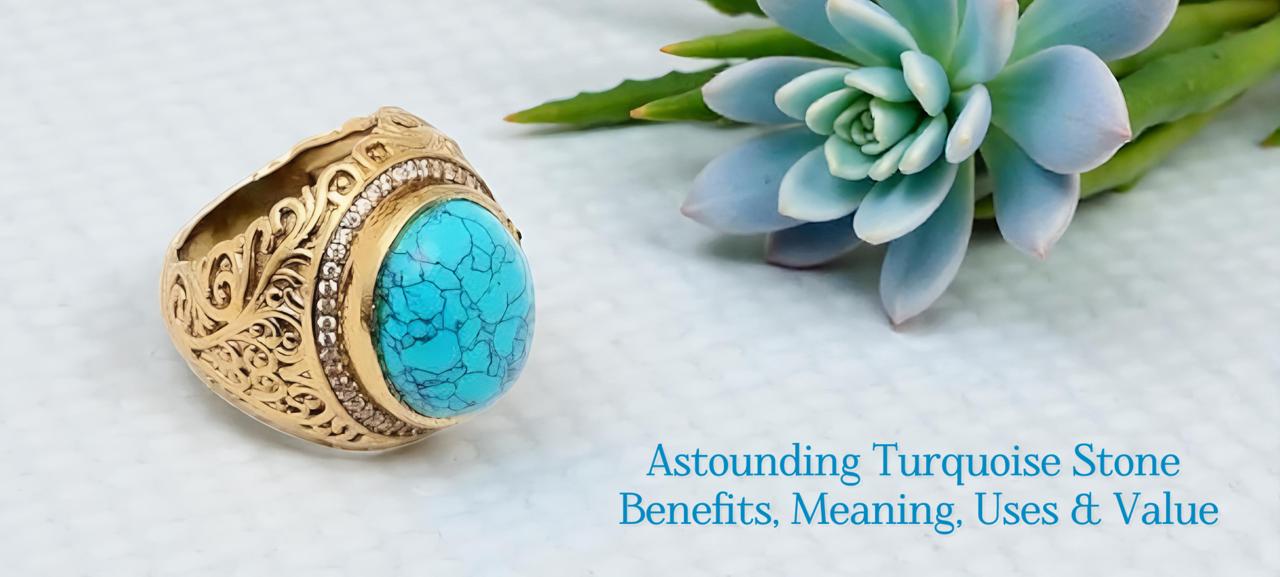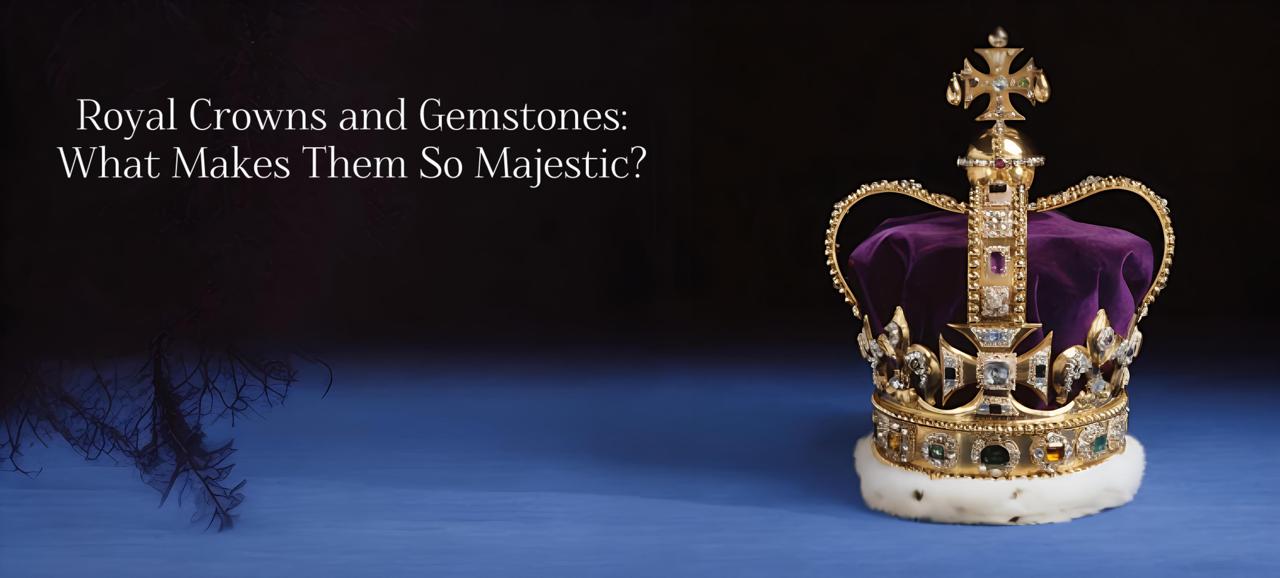 Categories
Categories 
As you explore gemstones, you may come across two spectacular blue stones with many similarities like Lapis Lazuli and Sapphire Blue; yet each has distinct distinctions. To differentiate between the two you need to have a closer examination. Blue sapphire vs lapis lazuli - Know the many differences between these two blue gemstones which are often confused because of the similar colour.
Both stones have long been valued for their blue colour, metaphysical and healing properties and use in jewellery or making of decorative pieces alike but their chemical makeup, astrological significance, hardness levels and price points vary dramatically.
This guide introduces blue sapphire (Neelam stone) and lapis lazuli gemstones, comparing and contrasting each closely so you can determine which stone will best suit you as per your preferences.

The two gemstones are not the same and the major difference between lapis lazuli and sapphire blue is their chemical composition.
Blue Sapphire gemstone, also known as Neelam Ratna, is a variety of corundum mineral family, an aluminium oxide. On the other hand, a natural Lapis lazuli stone is a rock made up of multiple minerals, including Lazurite, calcite, and pyrite.
Similarly, the hardness, chemical formulation, metaphysical properties, astrological significance, origins, colour, price and value, everything distinct the two gems. Let’s discuss each one in brief:
The hardness of blue sapphire gemstones is 9 on the Mohs scale which means they are less prone to wear and tear and will be very durable.
Lapis lazuli is only rated 5 to 6 on the Mohs scale, which means it is softer so it is best used in jewellery that will experience limited wear and tear, such as earrings or pendants.
Since it will be subjected to scratching and abrasion, it should be protected from hard impacts that could cause fracturing. Lapis stone can fade over time with exposure to bright light and heat. Keeping the stone in a cool, dark place and avoiding sudden temperature changes will help preserve its colour.
For a durable blue gemstone suitable for any jewellery, blue sapphire is the superior choice, while lapis lazuli stone is best reserved for certain decorative or ornamental uses. You can make an informed decision between these two striking blue gems based on how long you want your jewelry for but do consider the other factors mentioned below.
A natural blue sapphire stone has a vitreous lustre, and crystalline clarity and ranges from light blue to dark inky blue hues. The most popular shades are deep cornflower blue to medium vivid blue. It has transparency and shine that makes it look aesthetic and beautiful.
Lapis lazuli stones also have deep blue hues though they do not have transparency, they are opaque. This deep blue metamorphic rock prized for its intense colour is primarily composed of lazurite, calcite, and pyrite. The intensity of the blue colour depends on the amount of lazurite present and they sometimes have a slightly greenish or violet tint, but it contains more white and gold tones.
Astrologically, gemstones are believed to have tremendous properties and powers that can change the life of their wearer for the better. Every gem has its distinctive energies and has the blessings of one of the astrological planets.
Blue sapphire gemstone is in association with the planet Saturn, also known as Shani. The gem will bring you a calmer mind, enhance clarity and will heighten your intuition.
Jupiter is the ruling planet of the Lapis lazuli and so the gem will bring you confidence and wisdom. It will increase your self-expression, and shield you from any psychic harm.
The metaphysical properties of the lapis lazuli and sapphire blue stone will bring you many benefits:
Benefits of Blue Sapphire Stone
Increases metabolism
Provides relief from headaches
Increases dedication and communication skills
Brings mental clarity
Attracts good luck and fortune
Purifies the blood and strengthens the immune system
Enhances self-awareness
Soothes inflammation
Boosts knowledge
Gives inner calmness
Blue sapphires are mined from the regions of India, Thailand, Sri Lanka, Madagascar, Myanmar (Burma), Nigeria, Tanzania, Cambodia, Vietnam, and the US. The most popular Neelam stones of the finest quality are the ones from Kashmir (India), Burma and Sri Lanka.
Lapis Lazuli gemstones are found in the regions of Chile, Myanmar, Afghanistan, Siberia and the US. Afghanistan is the leading source, known to produce the highest quality of Lapis lazuli gems.
Because of their rarity and many other factors, the price of these two gems differs entirely. Blue sapphire gemstones are sold at much higher costs than Lapis lazuli.
The value depends on several factors, including Color, Cut, Origin, Carat, and clarity, along with the treatment process done on the gem and the market supply chain.
Cut - Finely cut gems are more valuable than rough, unpolished stones because the cut needs precision and skill, and it enhances the overall appearance of the gem.
Color - These blue gems which are dull in color will sell at low amounts.
Clarity - The gemstone with fewer flaws and inclusions is considered to be of higher clarity and often demands high prices.
Carat - The weight also fluctuates the prices as larger gems are rare and so can have higher selling prices.
Treatment - Untreated stones are more costly than treated ones as natural gems are more in demand.
High-quality Lapis Lazuli prices range between $50 to $100 per carat or more. The gemstone qualities that determine Lapis lazuli's worth and appeal are its vivid blue colour, minimal veining, bright pyrite inclusions, and source location. When evaluating Lapis stone, examine these factors to determine if the stone offers an enticing balance of colour and pattern as well as a fair price for its quality
The blue sapphire price ranges between 5,000 to 50,000 per carat. An unheated, original Neelam stone over 5 carats from Kashmir or Burma could sell for $10,000 to $20,00, 000 per carat or more.
Both blue sapphire and lapis lazuli are stunning gemstones, with very different properties, rich history and cultural significance. While Neelam stone is the more durable and valuable of the two, lapis lazuli has a distinctive appearance and was used historically as a pigment for paint. In the end, you must weigh the factors that matter most to you - rarity, colour, cultural tradition and affordability - and choose the gemstone that speaks to you.
Ans. No, these two are very different gemstones with very distinctive properties.
Ans. Usually, blue sapphire gemstones are more expensive than lapis lazuli.
Ans. Astrologically, you cannot wear lapis lazuli instead of blue sapphire as it is not a substitute of Neelam stone.
Ans. If you want a durable gem with more astrological power, blue sapphire is better however if you want more protection and affordable gem, you can choose lapis lazuli gemstone.

Emerald Green: A Powerful Feng Shui Stone for Balance and Harmony
December 15th, 2025


